GardenerHeaven.com is reader-supported. When you buy through links on our site, we may earn an affiliate commission.
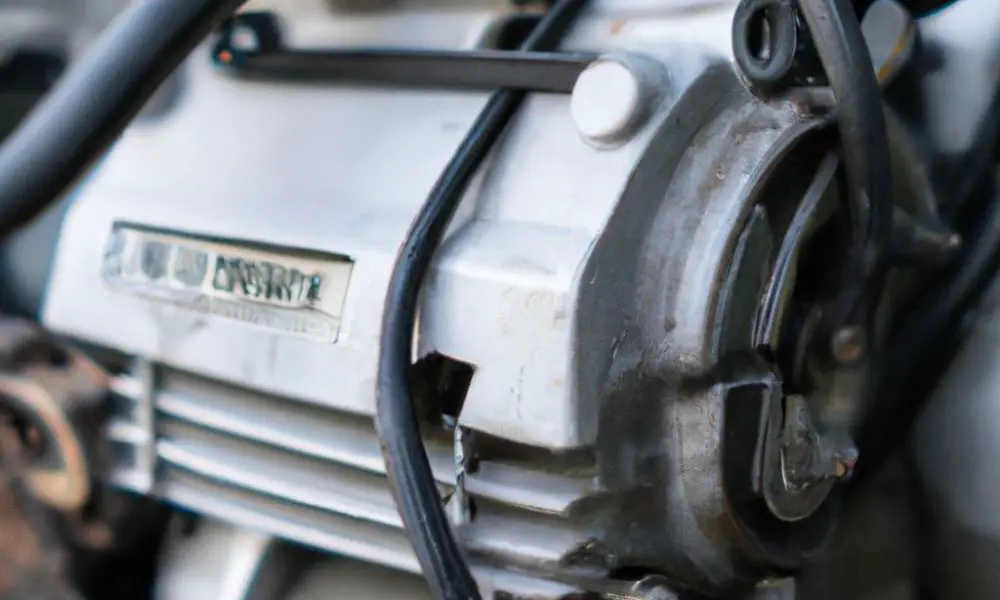
Properly adjusting the carburetor of your Husqvarna chainsaw is crucial for optimal performance. This essential task can significantly impact your chainsaw’s fuel efficiency, power output, and longevity. In this article, we’ll explore the importance of carburetor adjustment for Husqvarna chainsaws. So, whether you’re a professional logger or an avid DIY enthusiast, understanding the significance of this adjustment will help you unlock the full potential of your Husqvarna chainsaw.
Importance of carburetor adjustment for Husqvarna chainsaws
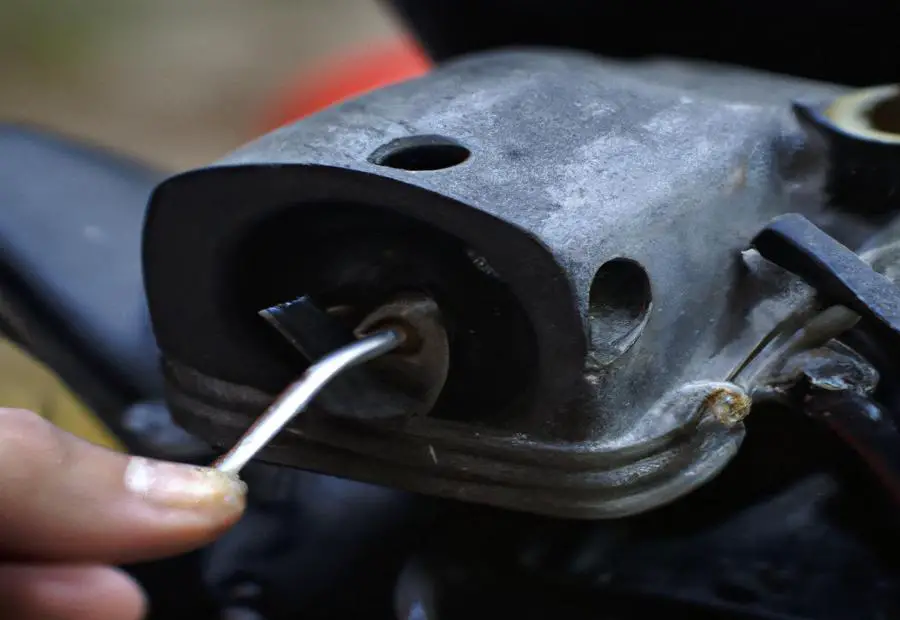
Photo Credits: Gardenerheaven.Com by Vincent Baker
For Husqvarna chainsaws, a properly adjusted carburetor is extremely important. It acts as the engine’s heart, controlling the fuel-air mixture sent to the combustion chamber.
- Efficient Fuel Use: Correct carburetor adjustment ensures efficient fuel use. When tweaked correctly, it dispenses the correct fuel-air blend for maximum power output while using minimal fuel.
- Smooth Operation: With a well-adjusted carburetor, idle speed, acceleration, and stalling are no longer issues. This allows for a smoother and easier cutting experience with Husqvarna chainsaws.
- Protection of the Engine: Proper carburetor adjustment also guards against engine damage. If the fuel-air mixture is too lean (less fuel), it can cause the engine to overheat. Too rich (excess fuel) can lead to poor combustion and carbon buildup in the engine, damaging performance and life.
Plus, efficient carburetor adjustment helps reduce emissions and prolong the life of other engine parts.
In conclusion, Husqvarna chainsaw users must know how to adjust the carburetor correctly for efficient fuel usage, smooth operation, and engine protection. Users can maximize their chainsaw’s performance and longevity by following Husqvarna’s adjustment instructions.
Understanding the carburetor and its function
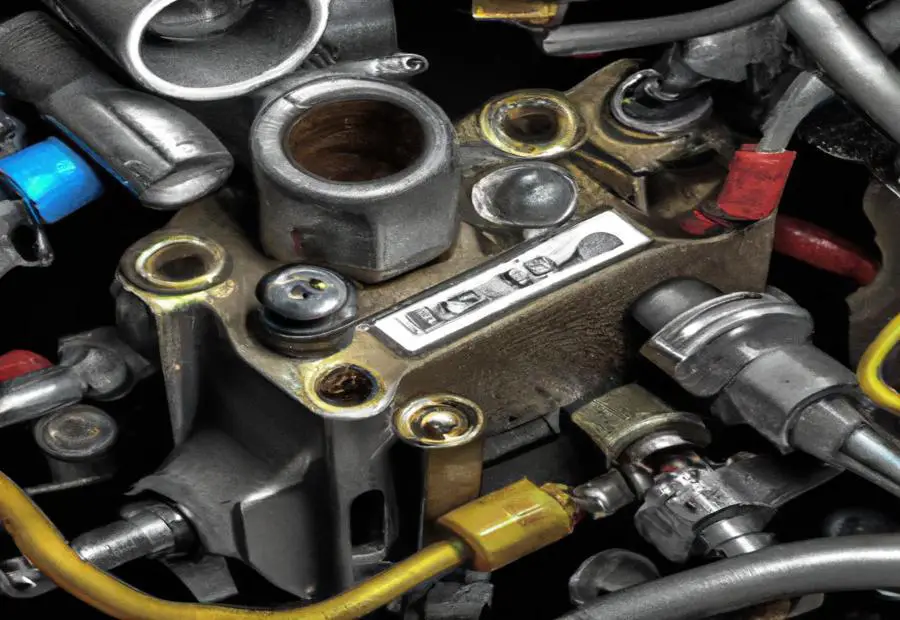
Photo Credits: Gardenerheaven.Com by Keith Martinez
The carburetor plays a significant role in the Husqvarna engine’s performance. It mixes air and fuel in the right amounts for combustion.
We must learn how it works. Air constantly enters the carburetor. Fuel from the tank joins it. This mixture goes to the engine’s ignition chamber, where it causes power.
The carburetor adjusts the amount of air and fuel mixture entering the engine. This keeps the engine working great and uses fuel wisely.
To get the right mix, the carburetor has different parts. There is a throttle valve for controlling airflow. The choke restricts airflow when the engine is cold. Plus, nozzle jets help further.
Sometimes the carburetor can get stuck or out of adjustment. This lowers the engine’s performance. To fix this, it needs to be tuned. This means adjusting the mixture and idle speed screws according to the manufacturer’s instructions.
Knowing how the carburetor works for an optimal Husqvarna engine is essential. With the right fuel-air mixture, the engine will run smoothly and effectively.
Tools and equipment needed for carburetor adjustment
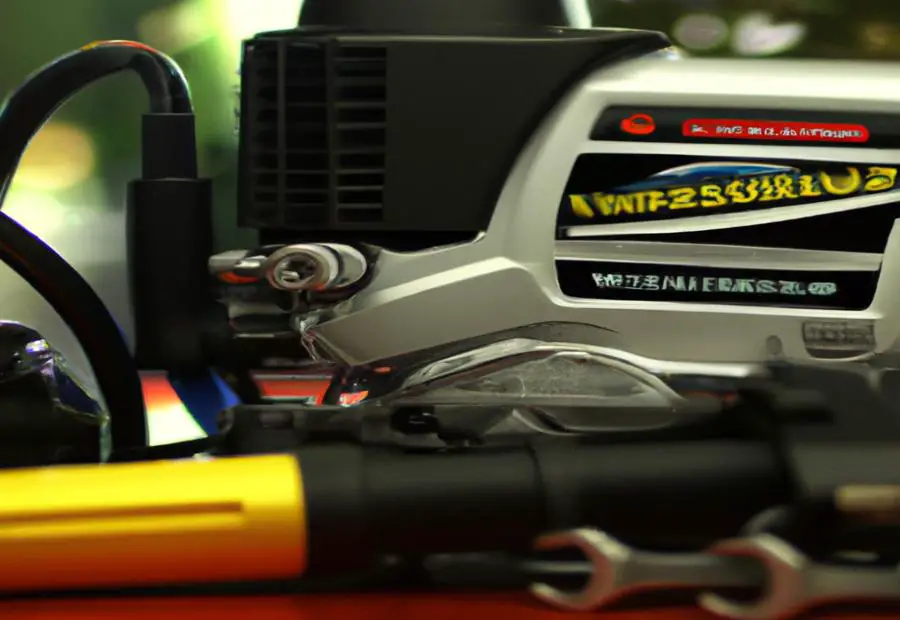
Photo Credits: Gardenerheaven.Com by Russell Gonzalez
To adjust a Husqvarna carburetor, you’ll need a few tools. These tools are essential for making the right adjustments and ensuring optimal functioning.
- Screwdriver: A screwdriver is needed to access and turn the adjustment screws. Depending on the model, different screwdrivers may be required.
- Tachometer: This device measures engine speed in RPM. It helps determine the correct RPM range during carburetor adjustment.
- Fuel pressure gauge: This measures the pressure of fuel entering the carburetor. It’s important to ensure the fuel supply is within the recommended range.
- Carburetor adjustment tool: This specialized tool lets you reach and adjust the carburetor screws. Different Husqvarna models require different tools.
- Protective gear: Wear gloves and safety glasses when dealing with the carburetor. This helps protect against any potential hazards or spills.
You must have these tools and equipment before attempting to adjust the carburetor. They enable precise adjustments and ensure efficient performance. Check the equipment’s manual for additional requirements specific to the model.
Step-by-step guide for adjusting the carburetor of a Husqvarna chainsaw
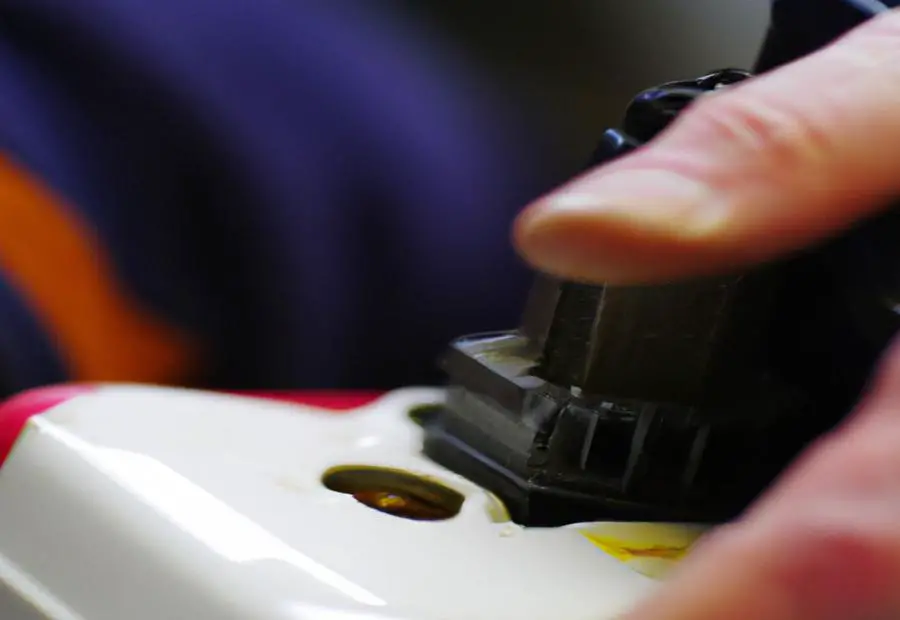
Photo Credits: Gardenerheaven.Com by Robert Green
To adjust the carburetor of a Husqvarna chainsaw, follow these steps:
- Firstly, locate the carburetor adjusting screws.
- Make sure the chainsaw is turned off and the engine is excellent. Place it on a stable surface.
- Next, find the low-speed fuel adjustment screw (marked “L”). Turn it clockwise until it lightly sits. Then, turn it counterclockwise for 1 1/4 turns.
- Find the high-speed fuel adjustment screw (marked “H”). Do the same with this one.
- Start the chainsaw and let it warm up.
- Adjust the low-speed fuel screw by turning it counterclockwise. Do it in small increments.
- Then, adjust the high-speed fuel screw while the chainsaw runs at full throttle.
- Test the chainsaw’s performance.
- Observe the engine’s response and ensure it runs smoothly.
- If any issues persist, repeat the adjustment process by making slight alterations.
Remember to prioritize safety. Turn off the chainsaw and let the engine cool down before adjusting. Place it on a stable surface.
Troubleshooting common issues with carburetor adjustment
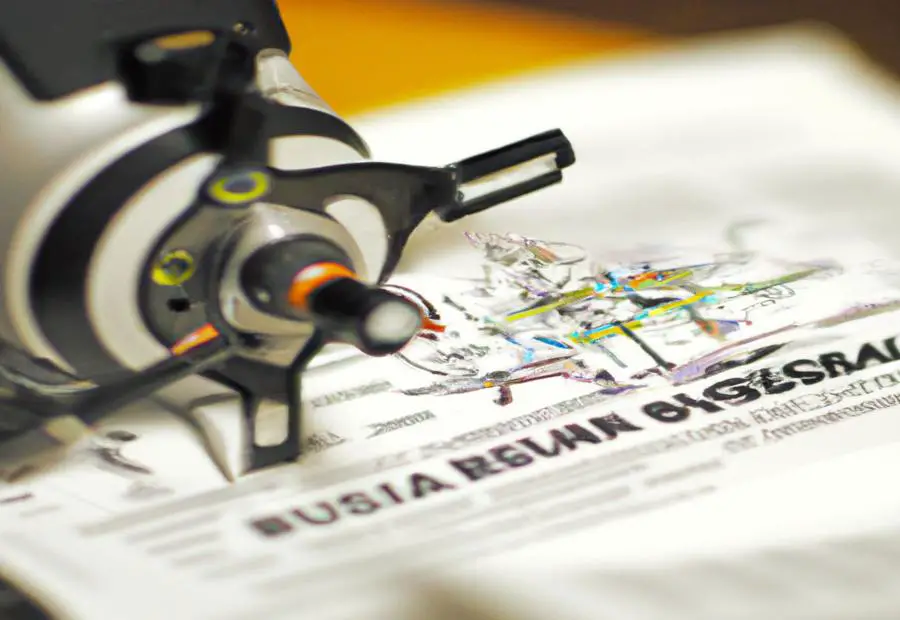
Photo Credits: Gardenerheaven.Com by Joshua Gonzalez
Having a Husqvarna carburetor that’s not functioning properly can be a challenge. But if you understand the common problems that can arise when adjusting it, you’ll be able to troubleshoot easily. Here’s a step-by-step guide to help you out:
- Check for fuel delivery issues – inspect fuel lines, filter, and tank for blockage or contamination. Clean or replace any components that need it.
- Examine the air filter – dirt, debris, or damage can mess up the air-to-fuel ratio. Clean or replace if needed.
- Check the spark plug – a fouled or damaged one won’t work correctly. Clean or replace it for optimal engine performance.
- Look at the carburetor – signs of damage, clogs, or wear. Check the gaskets and seals for leaks or deterioration. Clean the carburetor thoroughly.
- Assess the idle and mixture screws – adjust them according to the manufacturer’s specs or troubleshooting guidelines for your Husqvarna model.
Remember, these steps should be done in order. By addressing each issue, you can get your Husqvarna carburetor running optimally. Plus, proper adjustment increases fuel efficiency and reduces emissions. Regularly maintain your equipment and adjust the carburetor to keep it running well. If you have difficulties, look to your owner’s manual or consult a professional.
Importance of fine-tuning and testing the carburetor adjustment
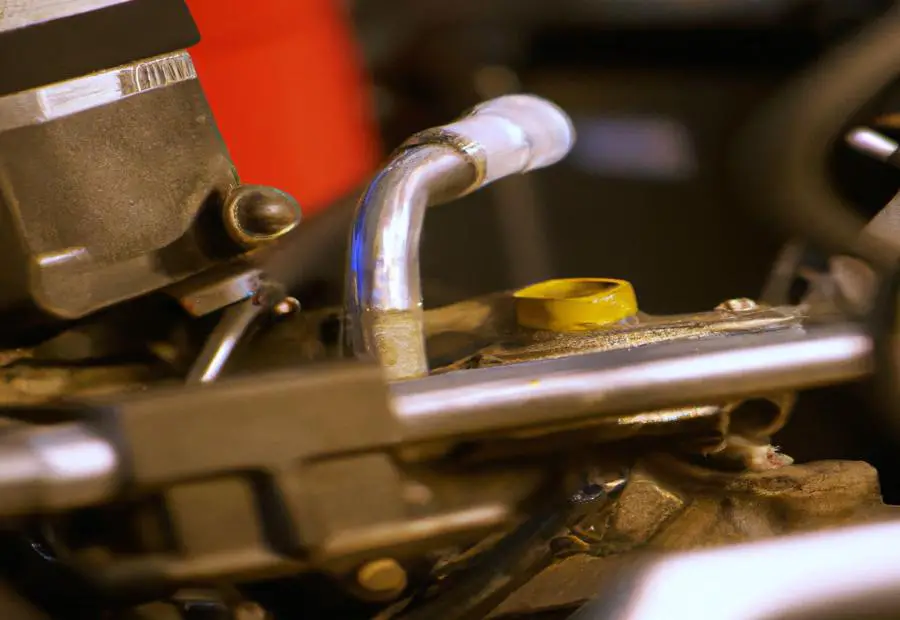
Photo Credits: Gardenerheaven.Com by Andrew Baker
Fine-tuning and testing the Husqvarna machine’s carburetor adjustment is essential. Making precise changes to the carburetor is necessary for the correct air-fuel mixture, influencing the engine’s efficiency and performance.
Users can find the perfect balance by following a step-by-step guide and utilizing troubleshooting tips. The guide outlines exact actions for each stage of the adjustment process. Testing the adjustments reveals any issues, allowing users to make refinements.
Troubleshooting tips address common issues which may come up during the adjustment process. Symptoms like poor acceleration or rough idling help diagnose problems and make adjustments.
Understanding the components of the carburetor, like the needle valve and main jet, is essential for informed adjustments and troubleshooting. Additionally, the reference data provides insights into air filter cleanliness, fuel quality, and fuel delivery.
The reference data used for this article is “How to Adjust a Husqvarna Carburetor: Step-By-Step Guide and Troubleshooting Tips.”
Precautions and safety measures while adjusting the carburetor

Photo Credits: Gardenerheaven.Com by Bobby Hernandez
When adjusting the carburetor of your Husqvarna, ensure safety by taking the following precautions. Minimize risks and maintain a safe working environment with these safeguards!
- Dress for Safety: Wear protective gear such as safety goggles, gloves, and clothing that covers your skin. Protect yourself from potential hazards and prevent any injuries.
- Prepare Workspace: Make sure your work area is well-ventilated and free from flammable materials. Work in an organized and uncluttered space to avoid any accidents.
- Engine Off: Before making adjustments, turn off the engine and wait for it to cool. This prevents accidental engine starts and minimizes the risk of burns.
- Follow Manufacturer Instructions: Read and understand the manufacturer’s instructions and recommendations for adjusting the carburetor. Each Husqvarna model may have specific requirements.
Familiarize yourself with the carburetor’s components too. This knowledge will help you make precise adjustments and avoid damage. Follow these precautions and safety measures for a successful adjustment process!
Plus, for added safety:
- Work in a well-lit area: Sufficient lighting improves visibility and lowers the chances of making mistakes when adjusting the carburetor.
- Use the right tools: Use the tools recommended by the manufacturer. This guarantees you the right equipment to make accurate adjustments without causing damage.
- Make incremental adjustments: Make changes gradually and in small increments. This helps you gauge the impact of each adjustment and make fine-tuned alterations for optimal performance.
By implementing these tips, you can further ensure safety and effectiveness when adjusting the carburetor. Remember to prioritize your well-being and follow the manufacturer’s guidelines.
Conclusion and final tips for maintaining a well-adjusted carburetor

Photo Credits: Gardenerheaven.Com by Ralph Miller
The conclusion is that a well-tuned carburetor is vital for optimal performance and the long life of a Husqvarna chainsaw. It’s best to follow the final tips to keep it running smoothly. Clean it regularly so that even the smallest particles can’t disrupt its operation. Inspect gaskets and diaphragms for signs of damage or wear. Also, adjust the fuel mixture using the correct fuel and oil blend.
When adjusting the carburetor, refer to your Husqvarna manual. Identify the idle speed screw and the high and low-speed screws. Adjusting the idle speed screw controls the chainsaw’s RPM, while the high and low-speed screws regulate the fuel mixture for different engine speeds. Make minor adjustments and note any changes in performance. It may take some trial and error until you get the desired performance.
Also, check for any air leaks in the carburetor system. Air leaks disrupt the fuel-air mixture, leading to poor performance and engine damage. Inspect all connections, gaskets, and seals to ensure they are tight and cracks-free.
In short, proper maintenance of your carburetor will ensure optimal performance and a longer life for your Husqvarna chainsaw. Consult a professional or refer to authorized Husqvarna service centers for assistance and guidance.
Some Facts About How to Adjust a Husqvarna Carburetor
- ✅ Adjusting the carburetor of a Husqvarna chainsaw can improve its performance if it is smoking, stalling, or running erratically. (Source: Team Research)
- ✅ The carburetor mixes air and fuel in the proper ratio and supplies it to the engine. (Source: Team Research)
- ✅ The carburetor has adjustment screws that control the fuel mixture. (Source: Team Research)
- ✅ If the mixture is too rich, the chainsaw will produce smoke. If it is too lean, the saw will race and potentially damage the engine. (Source: Team Research)
- ✅ The adjustment screws are located on the motor housing near the pull rope. (Source: Team Research)
FAQs about How To Adjust A Husqvarna Carburetor
FAQ 1: How do I adjust the carburetor of my Husqvarna chainsaw?
Answer: To adjust the carburetor of your Husqvarna chainsaw, start by turning the L screw clockwise until the engine nearly stops, then counterclockwise until it runs smoothly. Next, turn the T screw clockwise until the chain starts moving, then counterclockwise until it stops. Finally, adjust the H screw counterclockwise as far as possible without forcing it, then gradually turn it clockwise until the engine sounds smooth and accelerates effortlessly.
FAQ 2: Why is it essential to adjust the carburetor of my Husqvarna chainsaw?
Answer: Adjusting the carburetor of your Husqvarna chainsaw is important to improve its performance and prevent issues such as smoking, stalling, or erratic running. The carburetor ensures the proper fuel-air mixture for the engine, and if it is not adjusted correctly, it can lead to problems like a rich or lean fuel mixture, which can damage the engine.
FAQ 3: Can I adjust the carburetor of my Husqvarna chainsaw without a carburetor adjustment tool?
Answer: While using a carburetor adjustment tool for turning the screws is recommended, you can still adjust the carburetor of your Husqvarna chainsaw using a flathead screwdriver. Ensure that the screwdriver fits the adjustment screws properly to avoid damaging them during the adjustment process.
FAQ 4: When should I adjust the carburetor of my Husqvarna chainsaw?
Answer: It is recommended to adjust the carburetor of your Husqvarna chainsaw if you notice any issues such as smoking, stalling, or erratic performance. Additionally, the factory-adjusted carburetor setting may slip over time, making readjustment necessary for optimal performance.
FAQ 5: What is the correct order to adjust the screws on the carburetor of a Husqvarna chainsaw?
Answer: The correct order to adjust the screws on the carburetor of a Husqvarna chainsaw is L (low speed), T (idle), and H (high speed). This order will help you fine-tune the fuel-air mixture at different engine speeds, ensuring proper performance.
FAQ 6: How can I reset the carburetor if it is entirely out of adjustment?
Answer: If the carburetor of your Husqvarna chainsaw is entirely out of adjustment, you can reset it by first turning both the H and L screws clockwise as far as possible. Then, rotate each screw counterclockwise for 1 1/2 turns. This starting point will allow you to readjust the carburetor from a known baseline. Remember to follow the proper adjustment procedure for optimal results.




